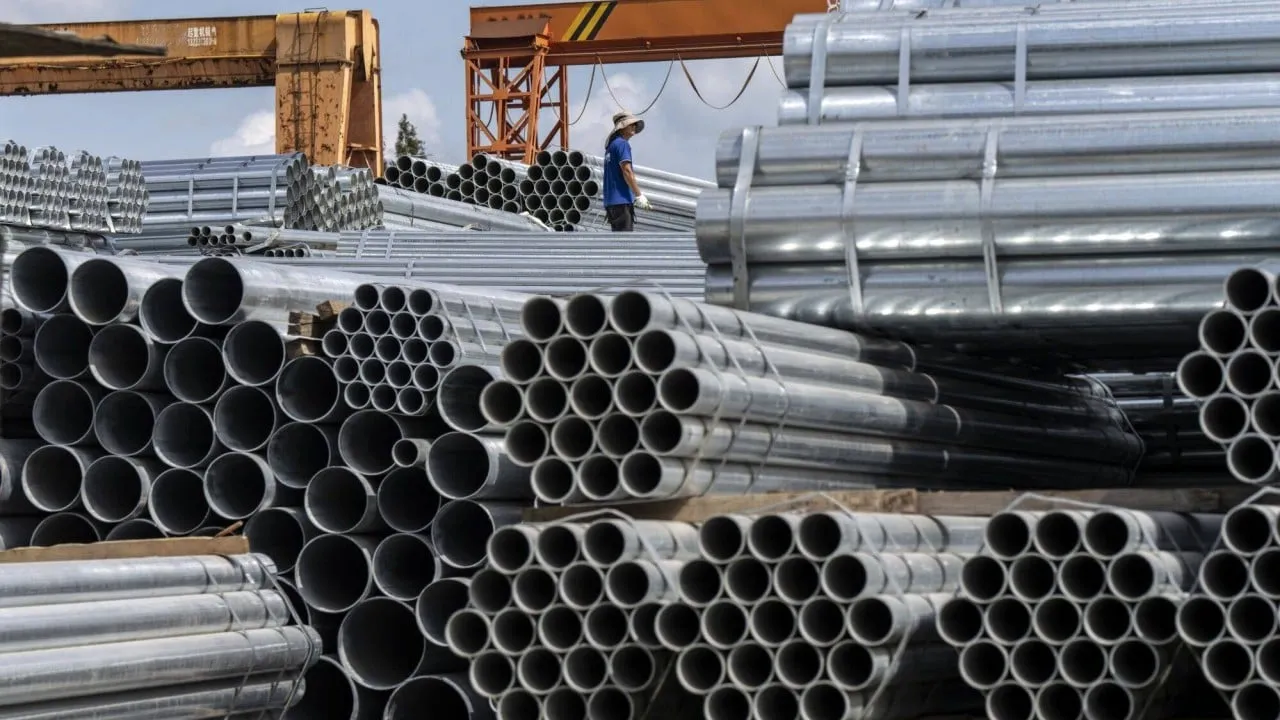Ministry of Ecology Expands China’s Emissions Trading Scheme to Key Industries

Expansion of the National Carbon Trading Market
The Ministry of Ecology has confirmed plans to expand China's national carbon trading market to include the emissions-heavy sectors of steel, cement, and aluminium by the end of this year. This initiative aims to accelerate China’s efforts towards achieving net-zero emissions and contributing to the environmental stability goals set by the government.
Impact on Carbon Emissions
- The expansion is expected to cover around 60% of carbon emissions in China.
- Projected addition of 1,500 companies with significant carbon footprints, each emitting over 26,000 tonnes of carbon dioxide annually.
- The initiative takes the total emissions covered by the emissions trading scheme (ETS) to approximately 3 billion tonnes.
Long-Term Goals and Challenges
- The ETS, which began in July 2021, is pivotal for achieving peak emissions by 2030.
- China aims for all eight major carbon-emitting sectors to be included in the ETS by 2025.
- Despite progress, the carbon price remains lower than that of the European market.
The emissions trading scheme is set to enhance environmental regulations and drive the decarbonisation of the power sector and other critical industries, underlining China’s commitment to reducing carbon dioxide outputs.
This article was prepared using information from open sources in accordance with the principles of Ethical Policy. The editorial team is not responsible for absolute accuracy, as it relies on data from the sources referenced.